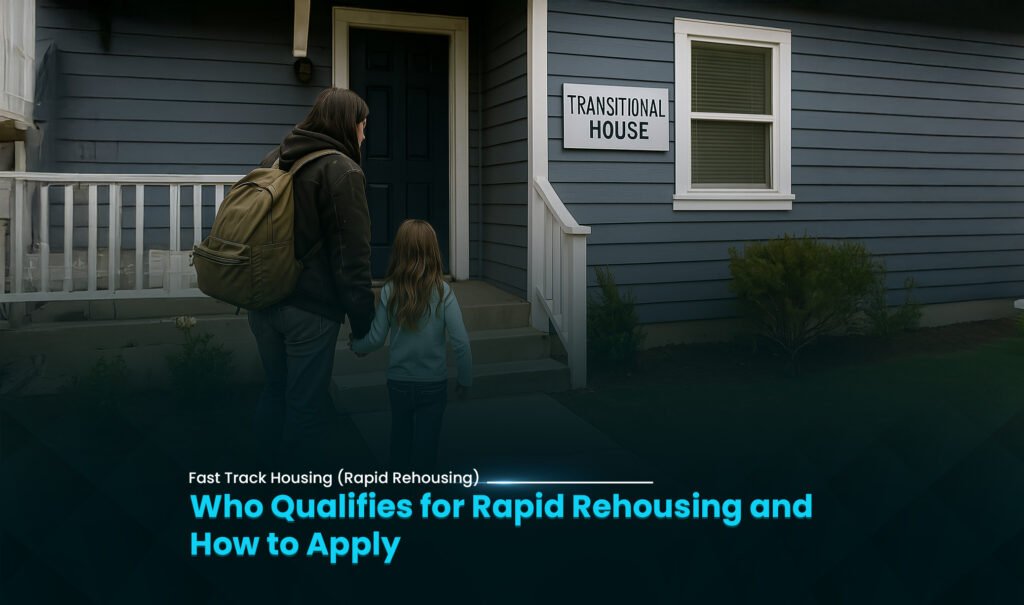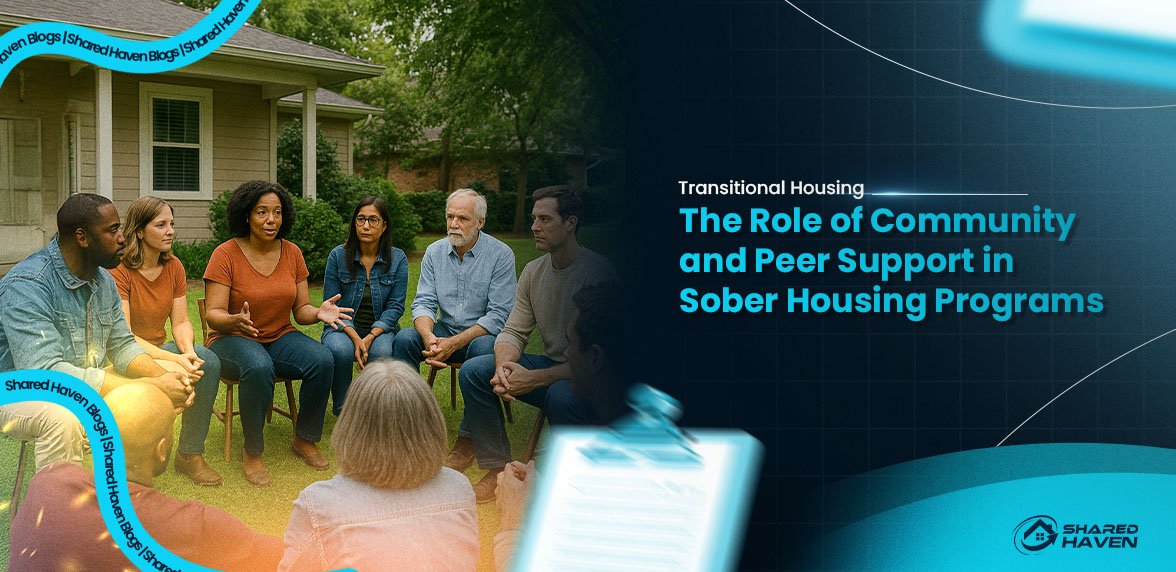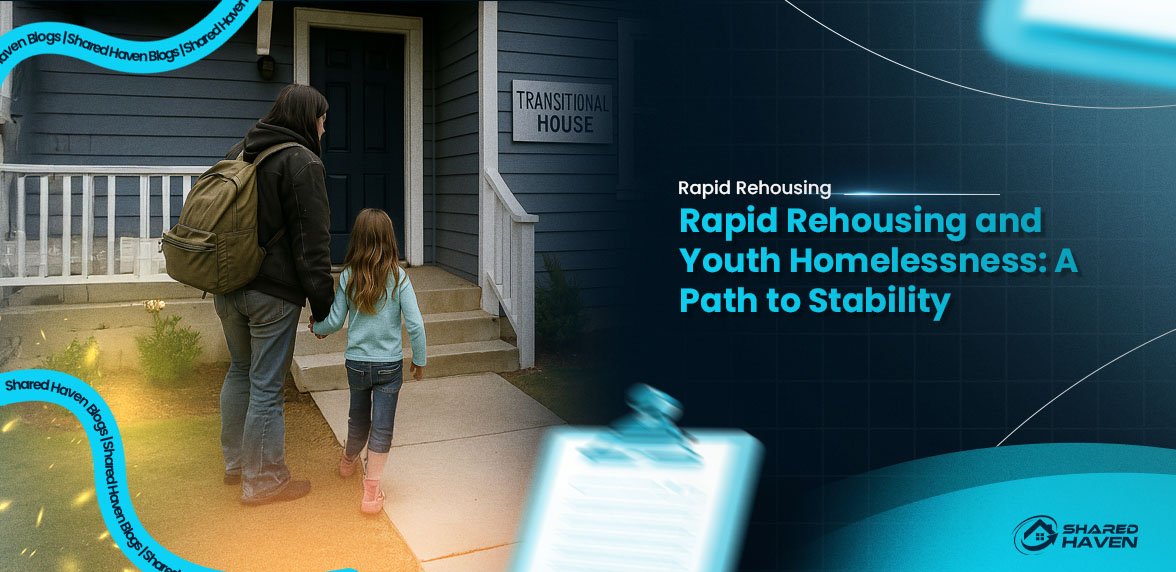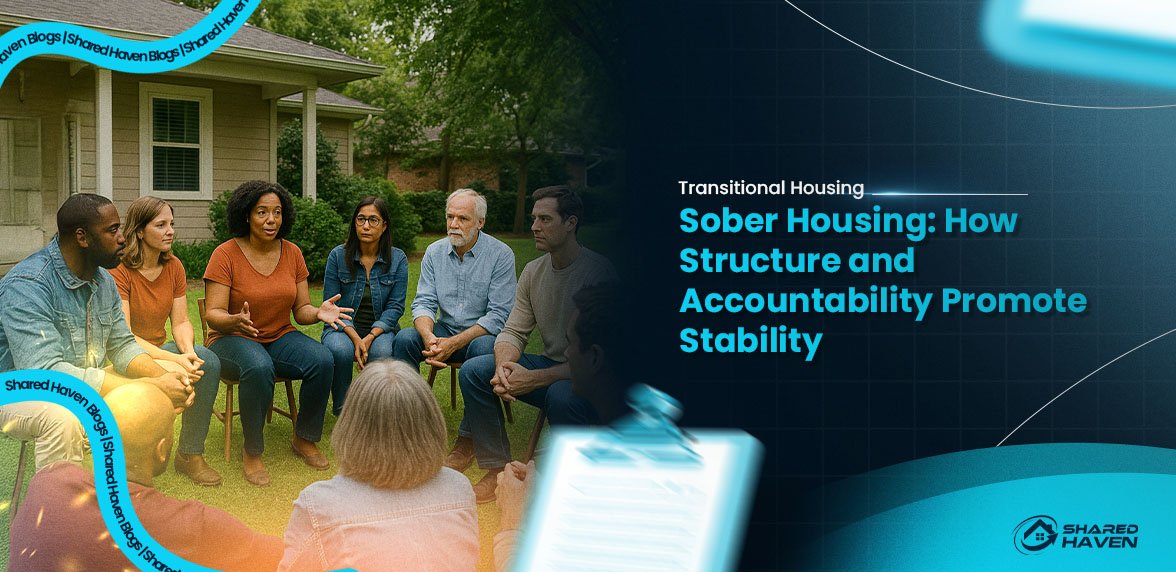Rapid Rehousing: Your Guide to Eligibility and Application
Homelessness, unfortunately, can feel incredibly isolating. Finding stable housing, consequently, becomes the primary, urgent need. While various programs exist, Rapid Rehousing stands out. It, moreover, offers a swift and effective solution. However, many people, therefore, wonder: “Who qualifies for Rapid Rehousing?” and “How do I apply for it?” This blog provides clarity. You will, consequently, learn its fundamental principles. You will, furthermore, understand how it provides vital assistance.
Understanding the Goal of Rapid Rehousing
Rapid Rehousing is an intervention. It, furthermore, helps individuals and families. They are, moreover, experiencing homelessness. It moves them quickly into permanent housing. It, additionally, also provides time-limited rental assistance. Crucially, it also offers tailored supportive services. These services, furthermore, address individual needs. The core principle is clear. Stable housing, consequently, is the foundation for everything else. Once housed, people can then effectively address other life challenges.
Core Principles of Rapid Rehousing Eligibility
The eligibility for Rapid Rehousing programs centers on a few key criteria. These, consequently, ensure the program serves its intended population.
1. Literal Homelessness
The primary requirement is “literal homelessness.” This means you currently lack a fixed, regular, and adequate nighttime residence. It includes living in places not meant for human habitation—such as the streets, vehicles, or abandoned buildings. Staying in emergency shelters or transitional housing programs also qualifies. The requirement extends to individuals fleeing domestic violence who have no safe place to stay.
To verify eligibility, documentation of this status is essential. Outreach workers or shelter staff typically provide it, though in some cases, self-certification may be accepted.
2. Lack of Resources and Support Networks
Applicants, moreover, must demonstrate a lack of financial resources., furthermore, also need to show limited support networks. They cannot, consequently, obtain immediate housing on their own. They cannot, moreover, maintain existing housing independently. This, therefore, ensures the program helps those most in need. It, furthermore, targets individuals without other viable options.
3. Readiness for Permanent Housing in Rapid Rehousing
While Rapid Rehousing operates on a “Housing First” model, readiness for permanent housing is still considered. This does not, furthermore, mean being “perfect.” It means, instead, a willingness to engage. You must, therefore, participate in services. You must, additionally, work towards stability. The program, consequently, provides the support needed. It, furthermore, helps you maintain your housing. It does not, moreover, require preconditions. For example, sobriety is not a prerequisite.
Who Is Prioritized for Rapid Rehousing?
Even among eligible individuals, prioritization often occurs. This, consequently, ensures those with the greatest need receive assistance first. Prioritization, however, can vary by community. However, common factors include:
Vulnerability and Acuity Scores
Many communities, furthermore, use a “Coordinated Entry System.” This, moreover, involves a standardized assessment. It, therefore, measures vulnerability. It, furthermore, determines the acuity of need. Those with higher scores, consequently, often receive priority. This, moreover, includes individuals with disabling conditions. It, additionally, also covers those with long histories of homelessness.
Length of Homelessness
Individuals experiencing chronic homelessness, consequently, often receive priority. This means continuous homelessness for a year or more. It can, furthermore, also mean four or more episodes of homelessness. Each episode, moreover, must total at least 12 months in the last three years. This, therefore, prioritizes those with significant challenges.
Specific Populations
Some Rapid Rehousing programs, moreover, target specific groups. This, for example, includes veterans. It, furthermore, covers families with children. It, additionally, also includes survivors of domestic violence. Youth aging out of foster care are, moreover, another priority group. These programs, therefore, offer specialized support. For example, Shared Haven specializes in various demographics. We, moreover, support veterans. We, additionally, also assist seniors and the formerly incarcerated. Survivors of domestic abuse are, furthermore, also a focus. You can, consequently, find more information at {add link}.
How to Apply for Rapid Rehousing
Applying for Rapid Rehousing typically follows a specific process. It, furthermore, usually involves a central point of entry.
1. Contact Your Local Coordinated Entry System
This is, consequently, the most crucial first step. Most communities, moreover, use a Coordinated Entry System (CES). It is, furthermore, often managed by the local Continuum of Care (CoC). This system is designed to streamline access. It, furthermore, prevents people from going to multiple agencies.
Dial 2-1-1: This nationwide hotline connects you to local services. They can, consequently, direct you to the CES.
Visit a Local Homeless Outreach Center: These centers, furthermore, provide direct assistance. Staff can, consequently, guide you through the initial steps.
Contact a Local Shelter: Shelter staff can, moreover, often connect you directly to the CES. They, furthermore, have direct referral pathways.
2. Complete an Assessment
Once connected to the CES, you will undergo an assessment using a standardized tool. This process gathers detailed information about your current situation, including your housing history, health needs, and any barriers to stable housing. The assessment helps determine your eligibility and is also used to prioritize your level of need for available services and housing support.
3. Be Added to a By-Name List (BNL)
If eligible, you will, consequently, likely be added to a “By-Name List” (BNL). This list is for individuals actively experiencing homelessness. It, furthermore, helps track and prioritize clients. Programs, consequently, draw from this list when openings occur.
4. Referral to a Rapid Rehousing Program
Based on your assessment and prioritization, you may, consequently, receive a referral. This directs you to a specific Rapid Rehousing program. Programs, however, have limited slots. Wait times, furthermore, can vary.
5. Program Intake and Service Plan
Once referred, you will, consequently, go through the program’s intake process. This, furthermore, involves more detailed paperwork. You will, moreover, meet with a case manager. They will, consequently, conduct a comprehensive assessment. Together, you will, furthermore, develop a service plan. This plan, consequently, outlines your goals. It, moreover, details the support you will receive.
What to Expect During the Application Process
The application process, consequently, requires cooperation. You will, furthermore, need to provide documentation.
Required Documentation
Be prepared to provide identification. This might, for example, include a photo ID. A Social Security card is, moreover, often necessary. Proof of homelessness is, furthermore, crucial. This could, for example, be a letter from a shelter. It might, alternatively, be an observation by an outreach worker. Income verification is, additionally, also often required. This includes pay stubs or benefit letters. Even if you have no income, you will, however, state that.
Engagement with Case Management
The process, moreover, involves active engagement. You will, furthermore, meet regularly with a case manager. They will, consequently, guide you. They will, furthermore, connect you to resources. Your participation is, consequently, essential. It, furthermore, demonstrates your commitment.
Patience and Persistence
The demand for Rapid Rehousing often exceeds availability. Wait times, consequently, can occur. Persistence is, furthermore, key. Stay, moreover, in contact with your case manager. Continue, furthermore, to seek updates.
Shared Haven: Supporting Your Rapid Rehousing Journey
At Shared Haven, we, consequently, understand the complexities. We are, furthermore, dedicated to providing support. Our services, moreover, align with the principles of Rapid Rehousing. additionally we offer a pathway to stability. We, furthermore, work with individuals and families. We, consequently, help them find safe, permanent housing.
Our operations team offers specialized support tailored to a wide range of individuals. We serve veterans, seniors, and formerly incarcerated individuals, as well as those with special needs. Our programs also support survivors of domestic abuse and youth aging out of foster care. In addition, we assist members of the general homeless population.
We focus on creating a structured, supportive environment rooted in compassion and empowerment. Through this approach, individuals are better equipped to achieve long-term housing stability.
Conclusion: A Clear Path to Stability
Rapid Rehousing offers a clear path. It, furthermore, helps people facing homelessness. Understanding who qualifies is, consequently, the first step. Knowing how to apply is, furthermore, the next. While the process requires effort, the outcome is transformative. It, furthermore, moves individuals and families from crisis to permanent housing. It, moreover, provides the necessary financial aid. additionally it also offers individualized support. By engaging with your local Coordinated Entry System and connecting with dedicated providers like Shared Haven, you can, consequently, unlock this vital resource. You can, furthermore, begin your journey toward a stable and independent future.





